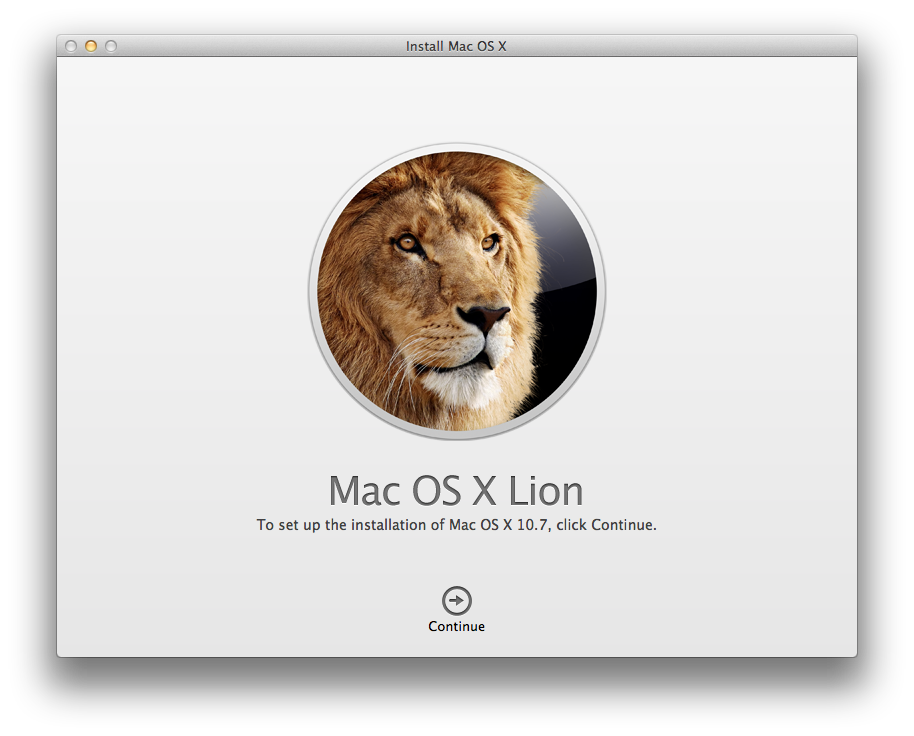

Drag-drop the partition created on the USB to the text box next to Destination ( Figure H). Next, click the Image button next to Source and point to the DVD drive or ISO/DMG.

Launch Disk Utility and click on the partition to copy the install files to, then click the Restore tab.For this process, either the original DVD media or ISO/DMG images of the DVD are required. Since OS X (10.4, 10.5 and 10.6) were released as bootable DVDs, the process for these is slightly different and significantly slower, because the optical drives read data at a far slower rate than mechanical hard drives and solid-state drives. Simply repeat the steps in this section to create an installer for 10.7 and 10.8 ( Figure G). However, once it's completed, the partition will be ready to be used to install OS X. The process takes about 30 minutes, depending on the speed of the computer.You'll be prompted to confirm that the process will erase the contents of the partition by clicking Erase ( Figure F). Once the source and destination fields are selected, click the Restore button.Next, drag-and-drop the partition created on the USB to the text box next to Destination ( Figure E). Next, click the Image button next to Source and point to the InstallESD.dmg file recently copied to the desktop. Drill-down through the Contents | Shared Support directories and drag-drop the InstallESD.dmg to the desktop ( Figure D).This reveals the contents of the installer itself and makes navigating the structure possible.



 0 kommentar(er)
0 kommentar(er)
